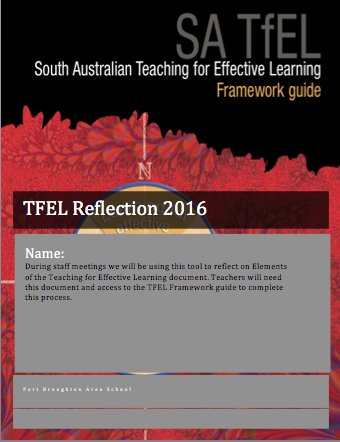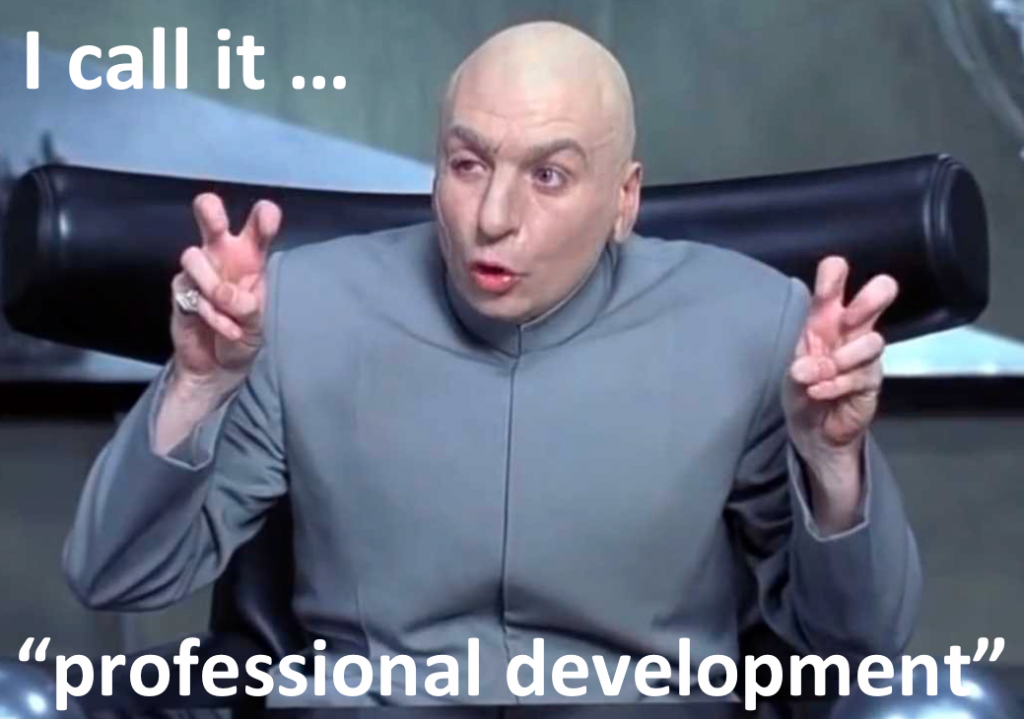The TfEL Review Tools Handbook asks us to view our teaching through three lenses.
- Self Reflection
- Peer Feedback
- Student Feedback
Self Reflection

This term we have self-reflected on our teaching using the TfEL Reflection document. We will continue to use this document in term 2 until we have reflected on each of Domains and Elements (2, 3, & 4).
Peer Feedback
Classroom observations provide us with the opportunity for a peer to help us focus on a specific area of our teaching. It also provides the observer the chance to experience another teacher’s classroom and see how they teach.
In week 1 of term 2 we will be reflecting on how this process is going at PBAS and discuss the positives and negatives teachers have experienced so far. The purpose of this will be to collect information so that leadership and teachers can refine and improve the process to make it as effective as possible.
Student Feedback
From my perspective this area seems to be the one that many teachers are hesitant to engage in. This is not to say that it doesn’t occur. I am aware that some PBAS teachers have sought feedback from their students about their teaching.
This process does not need to be complicated or drawn out. In my 9/10 class I asked students to write the top 3 things teachers did to support their learning. Click here to read all 41 responses and see how I developed the following four questions based on these responses.
- [insert teacher name] explains clearly what is required for the tasks given to you.
- [insert teacher name] provides examples of how tasks should be done to help me complete my learning.
- [insert teacher name] talks too much in class.
- [insert teacher name] is organised for class.
For questions 1, 2 and 4 students had the option to select Excellent, Good, Satisfactory, Partial and Minimal. For question 3 students could select Talks too much, Talks the right amount and Does not talk enough (needs to explain more). While these questions are limited and do not cover every aspect of teaching they do cover what PBAS Year 9/10’s believe is important with regards to teachers supporting their learning. If we are looking for student feedback why wouldn’t we start with what is important to them?
Teachers of 9/10 students at PBAS could use the four questions above knowing that this is what our students believe best supports their learning. I used the online tool Socrative which is easy to use and provides collated Excel and PDF versions of student responses. Adding this feedback to my own reflection and peer observations is helping me to understand areas in my teaching that I can work on and develop.
NB – I would like to try and find some time to run a spotlight session on how to use Socrative if there is some interest from other teachers. With MacBooks and iPads available to use in classrooms it has great potential.
Below: Keen to learn more about Socrative right now? An easy to use tool for quizzing students about subject content or to seek feedback about your teaching.







